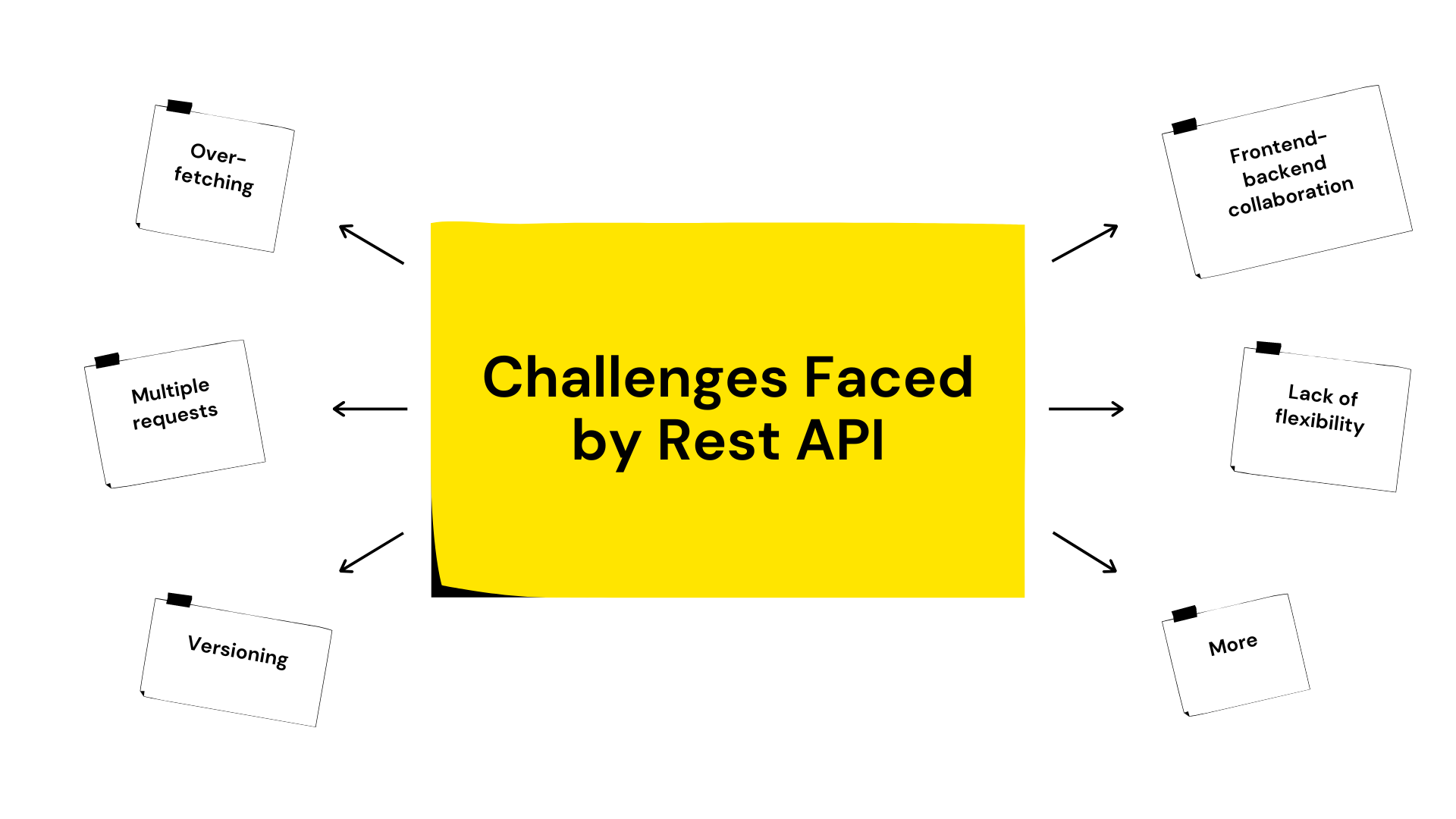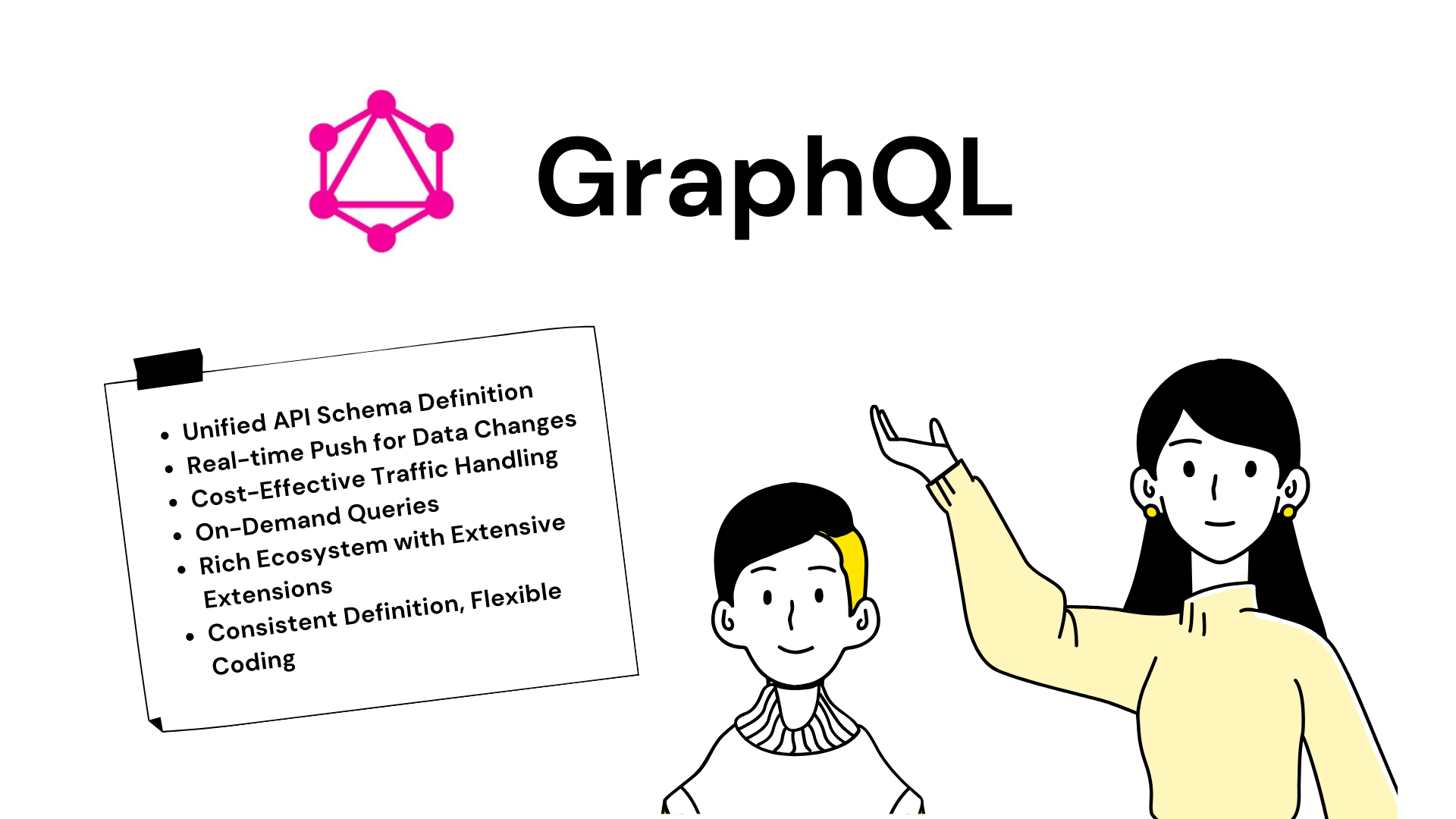Embracing GraphQL: A Paradigm Shift in API Development
Have you heard about GraphQL? Let's explore this article to understand why we should embrace GraphQL, a new API paradigm!
Join the DZone community and get the full member experience.
Join For FreeHave you heard of GraphQL? This API query language, initially developed by Facebook (now Meta), has evolved into a thriving ecosystem. Explore this article to understand why embracing this new API paradigm is essential.
Complex Software Engineering Poses New Challenges
API Schema
When managing traditional REST APIs, tools like OpenAPI or Postman are typically employed to handle API schemas. This approach, independent of the API itself, relies entirely on the developer's knowledge and expertise in deciding whether to provide these descriptive files and how to do so correctly.
In the process of generating API schemas, developers often encounter complex toolchains and error-prone outputs, causing frustration. Providing a comprehensive definition, including data models, API descriptions, documentation, and examples, is no easy task. Displaying OpenAPI requires additional efforts, such as using Swagger UI.
API Protocols
While the request-response model of HTTP works well for querying or submitting data in traditional REST APIs, dealing with frequently changing data requires considerations like long polling or WebSocket. Although these methods are viable, there is currently no out-of-the-box mechanism that seamlessly balances efficiency and cost control between these two modes.
Challenges in Complex Scenarios
In the past, developers only needed to provide a web page based on the API for users to access data directly through HTML in browsers. With the advent of the mobile era, developers must now offer native applications for Android and iOS platforms. These apps cater to different user groups and habits, each with varying information density. Providing support for all platforms through a single API becomes challenging, as each platform's unique data and interaction requirements demand specific APIs. On the server side, developers also face expanding data sources, such as relational databases or Redis caches. Properly managing data persistence and caching while providing queries for clients is a significant challenge.

GraphQL: Empowering API Development
GraphQL addresses these complexities effectively. It provides a unified API schema, allowing the writing of data models and API interface descriptions through Schema-first or Code-first approaches, ensuring consistency and correctness in API implementation and definition. GraphQL supports native data change subscription capabilities, enabling real-time data updates through WebSocket channels.
Building on the foundation of HTTP and JSON encoding, GraphQL's request traffic is very proxy-friendly. It also offers the ability to query and aggregate data on demand, allowing callers from different platforms to use the same GraphQL API and obtain the required data, avoiding the necessity of fetching all data forcibly. In addition, GraphQL boasts a rich ecosystem and various extensions, such as GraphQL Relay specifications, GraphQL federation, and GraphiQL tools.

Conclusion
In summary, GraphQL represents a more advanced approach than REST, streamlining the complex workflow of API definition and making API development more flexible. From an engineering perspective, increased automation tools simplify repetitive template code work, enabling developers to focus more on the application itself.
Unlike REST APIs, GraphQL allows developers to progressively improve their APIs without users being aware, whether adding new APIs or fields. There's no need for versioning, disrupting users relying on older versions of the API. Many platforms now offer GraphQL APIs, including Meta's GraphQL API used in its mobile app, as well as GitHub and Shopify providing GraphQL APIs directly for developers to utilize.
Published at DZone with permission of Yilia Lin. See the original article here.
Opinions expressed by DZone contributors are their own.

Comments